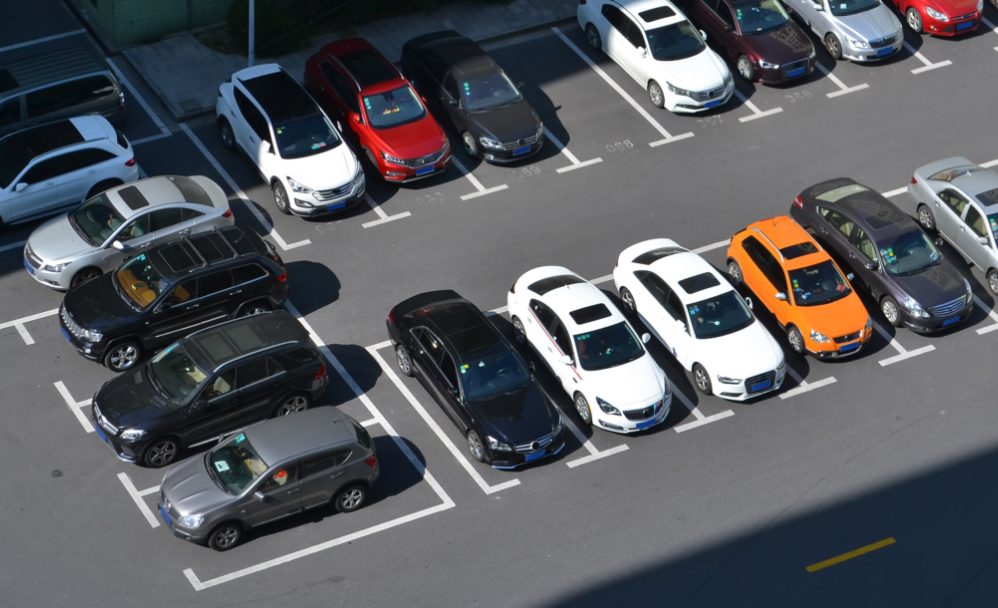Sports & Entertainment Venues Safety and Security
Explore how Zoobla technologies can help you build a security system that extends your reach from the seats to the perimeter. Complex Zoobla solution unifies IP video surveillance, AI analytics, access control, automatic face and license plate recognition, and other smart tools within one intuitive interface that can help security personnel keep your entire venue secure.
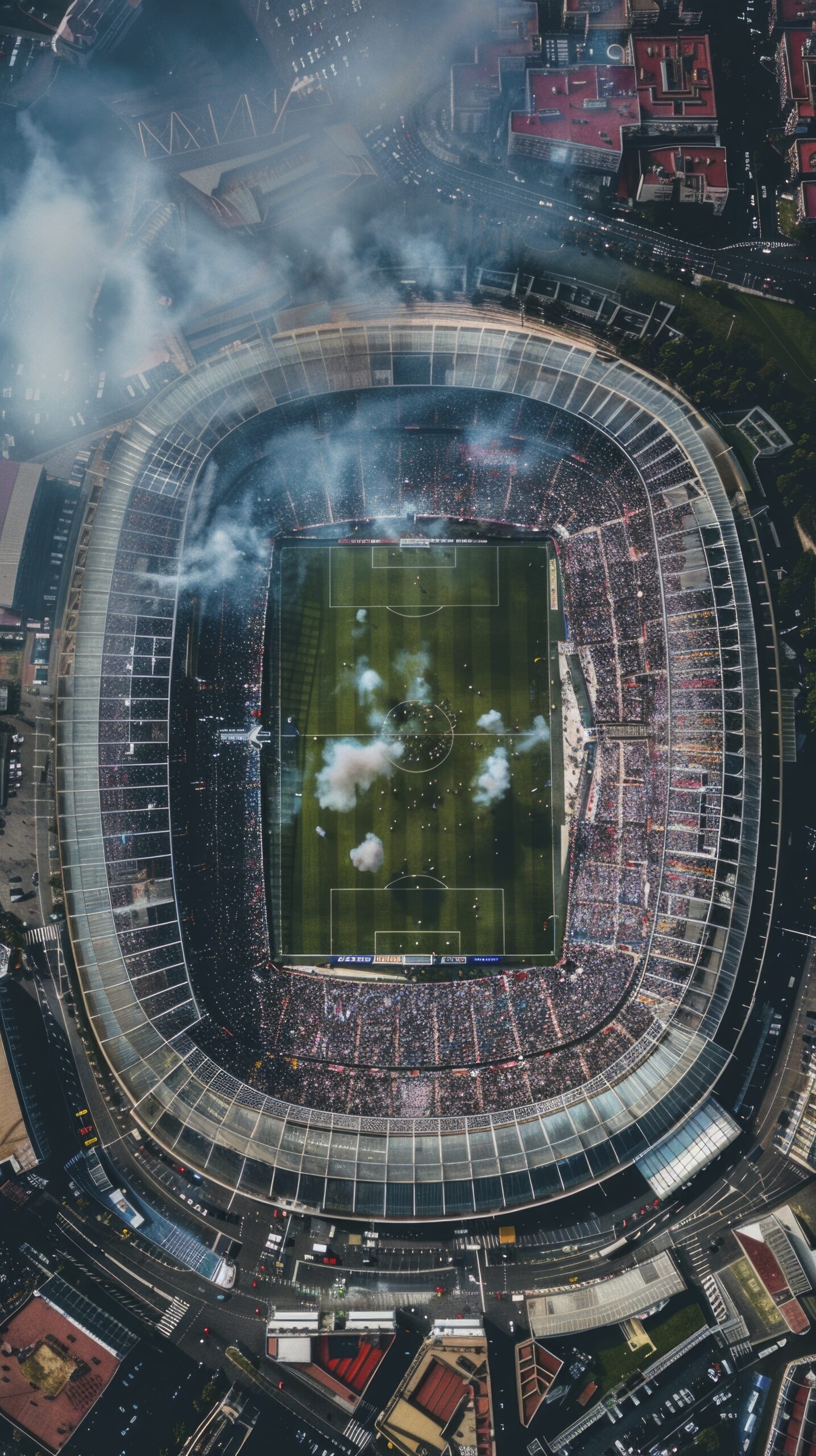
Zoobla Solution Provides Security at Your Venue Inside and Out:
Rapid response to signs of attack and vandalism
Early detection of fire and smoke
Providing different levels of access for staff, athletes, artists, visitors, etc.
Ensuring measures to prevent the spread of airborne infections
Detecting crowded places and improving the processes
Providing parking safety
High-quality video surveillance anywhere in the arena
Ensuring the fault-tolerant operation of all components of the security system
Simple and intuitive management of the entire system a single monitoring center
Detecting crowded places and improving the processes
Zoobla Features and Technologies for Arenas
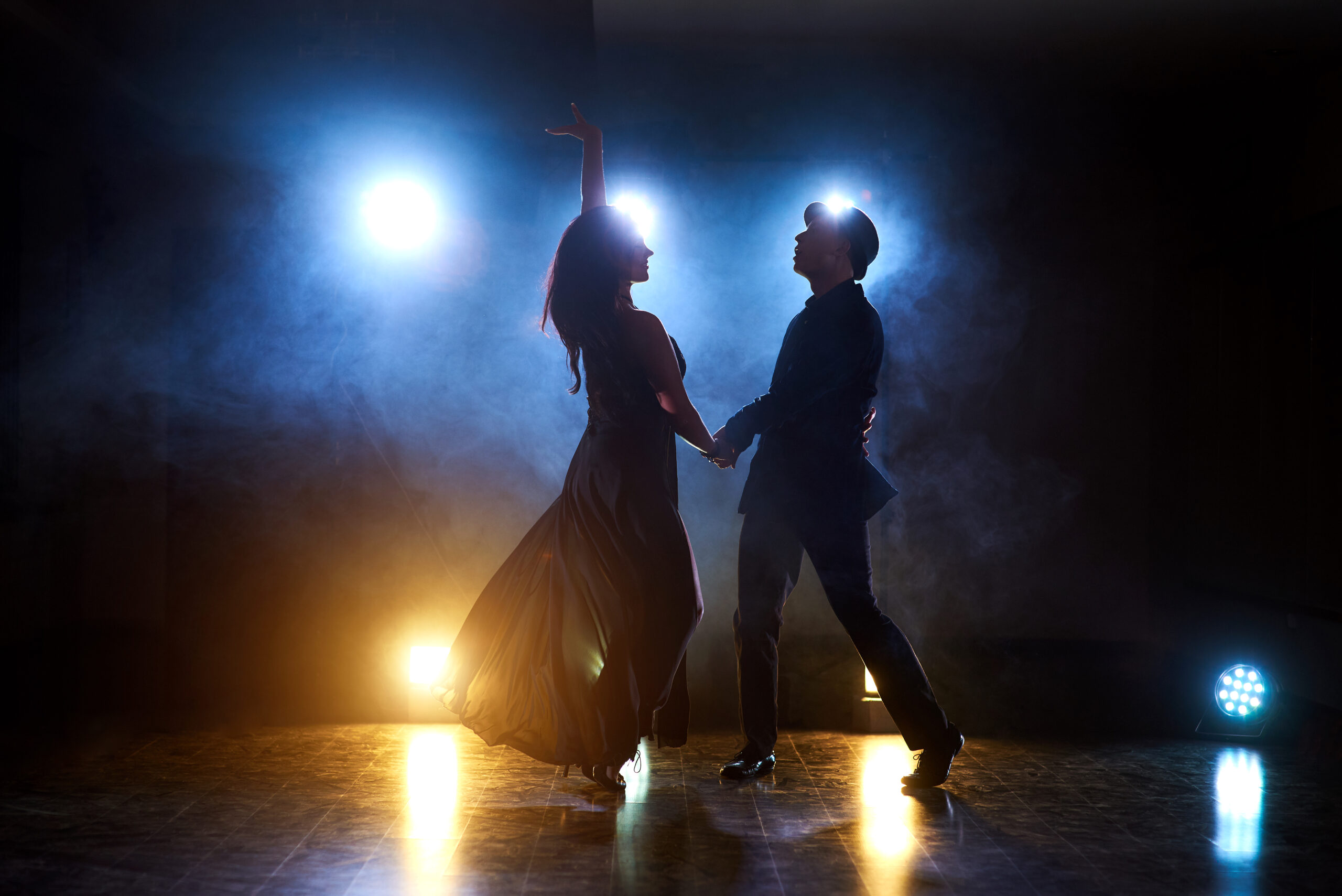
Protecting the talent

Detecting hooligans and suspicious behavior
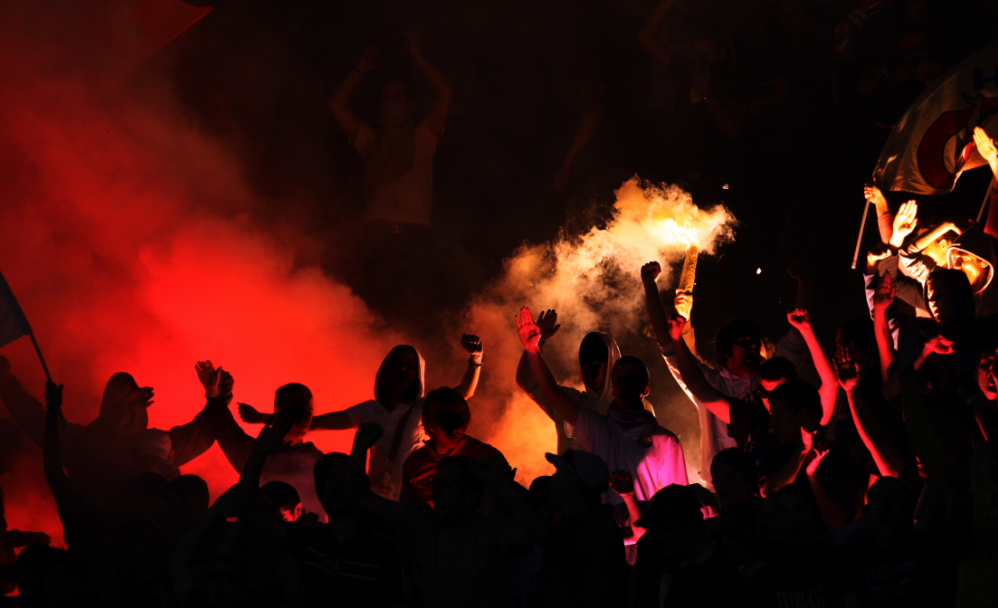
AI fire and smoke detection
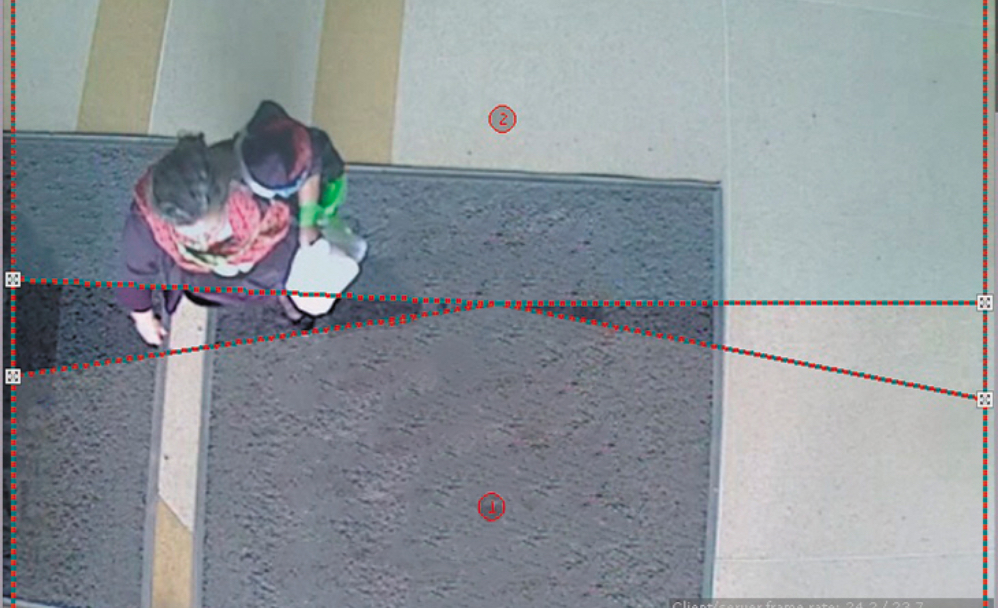
Analyzing visitor flows
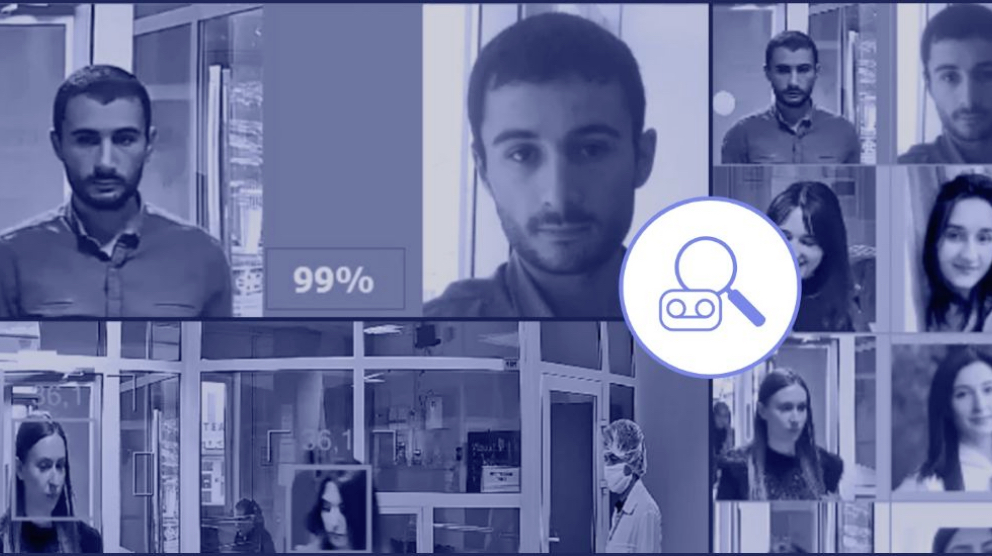
Fast screening and anti-pandemic tools

Quick face search

Secure, manage, and track access to every area
